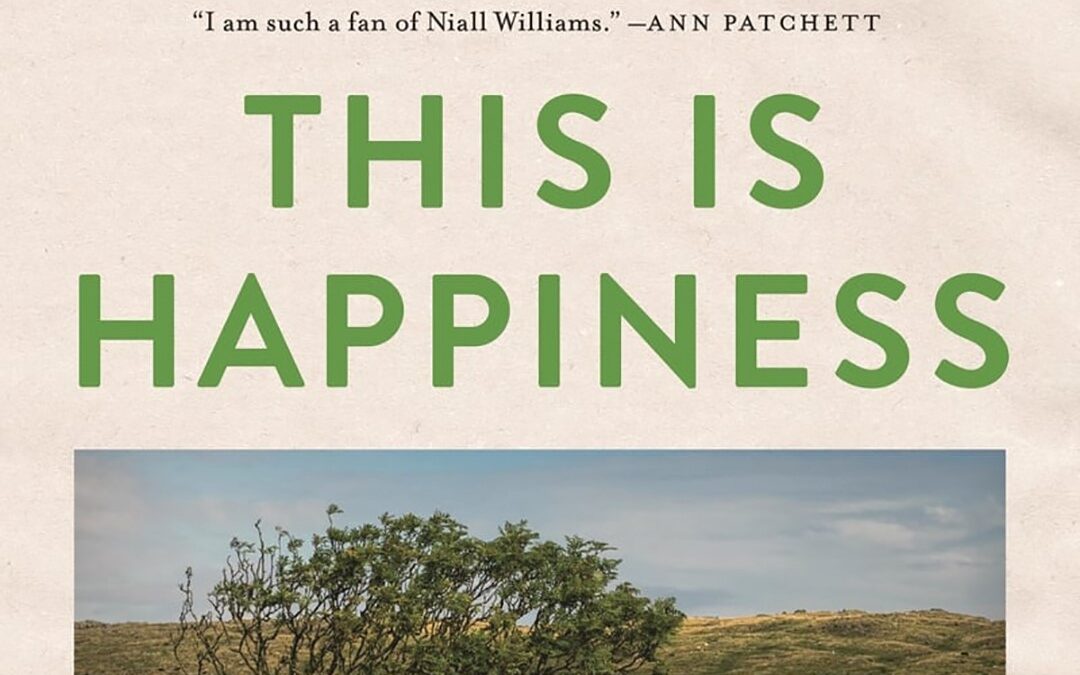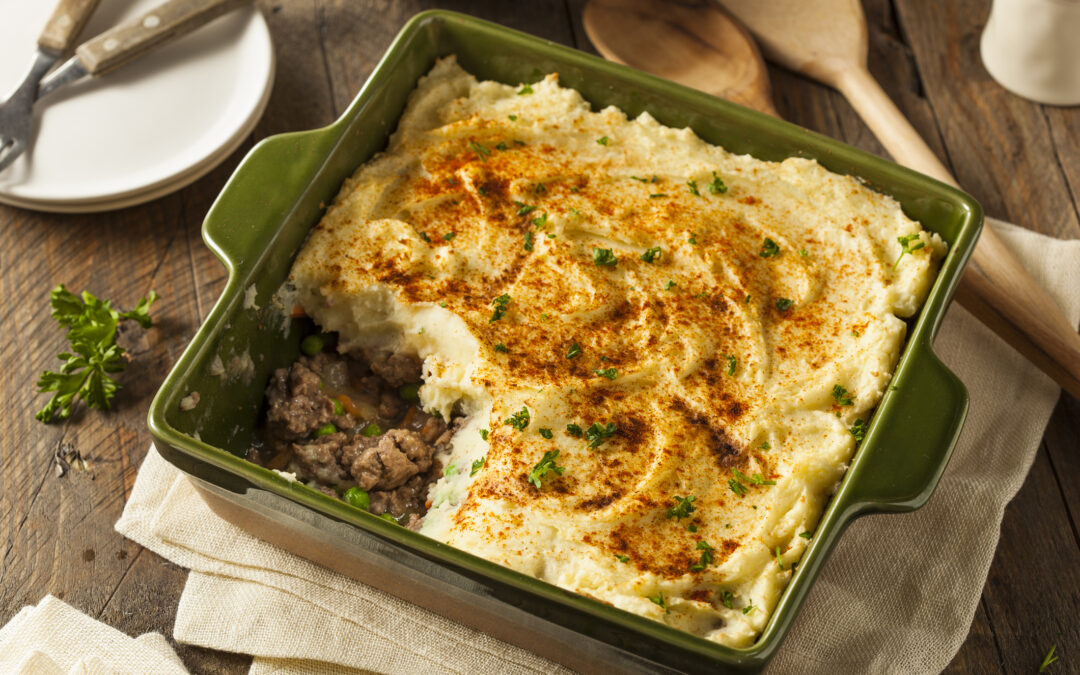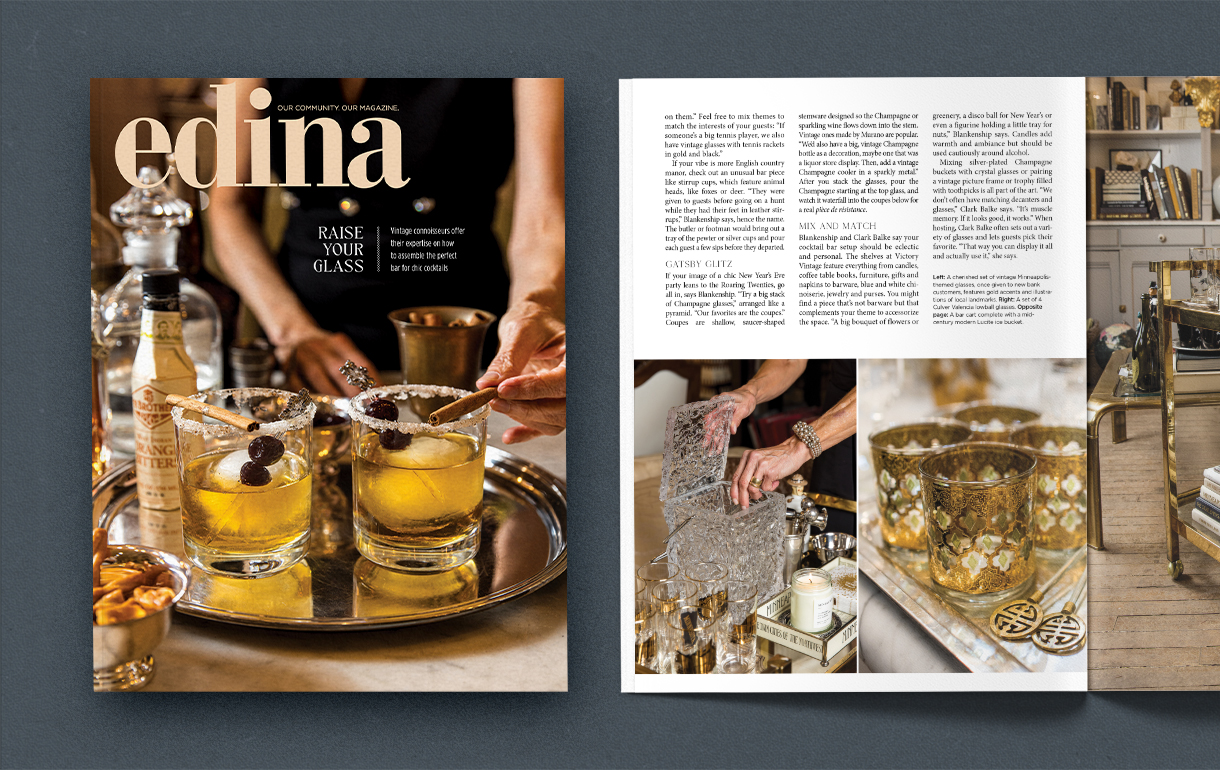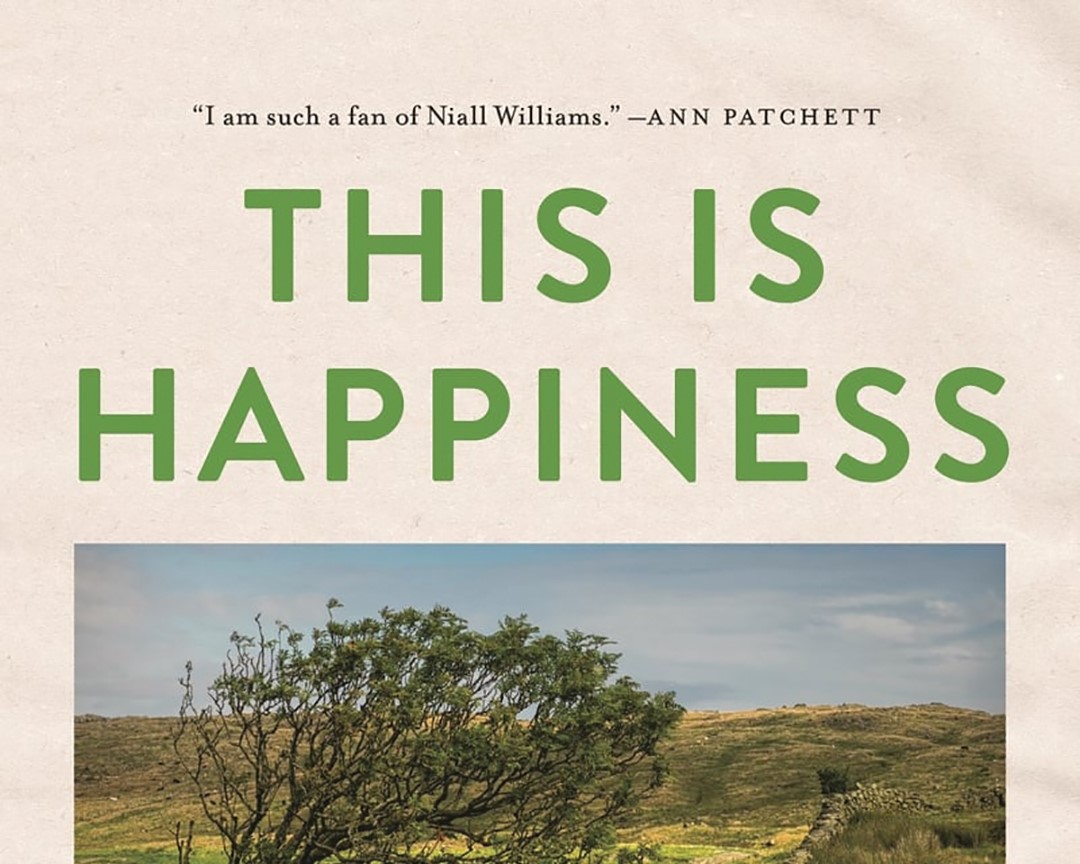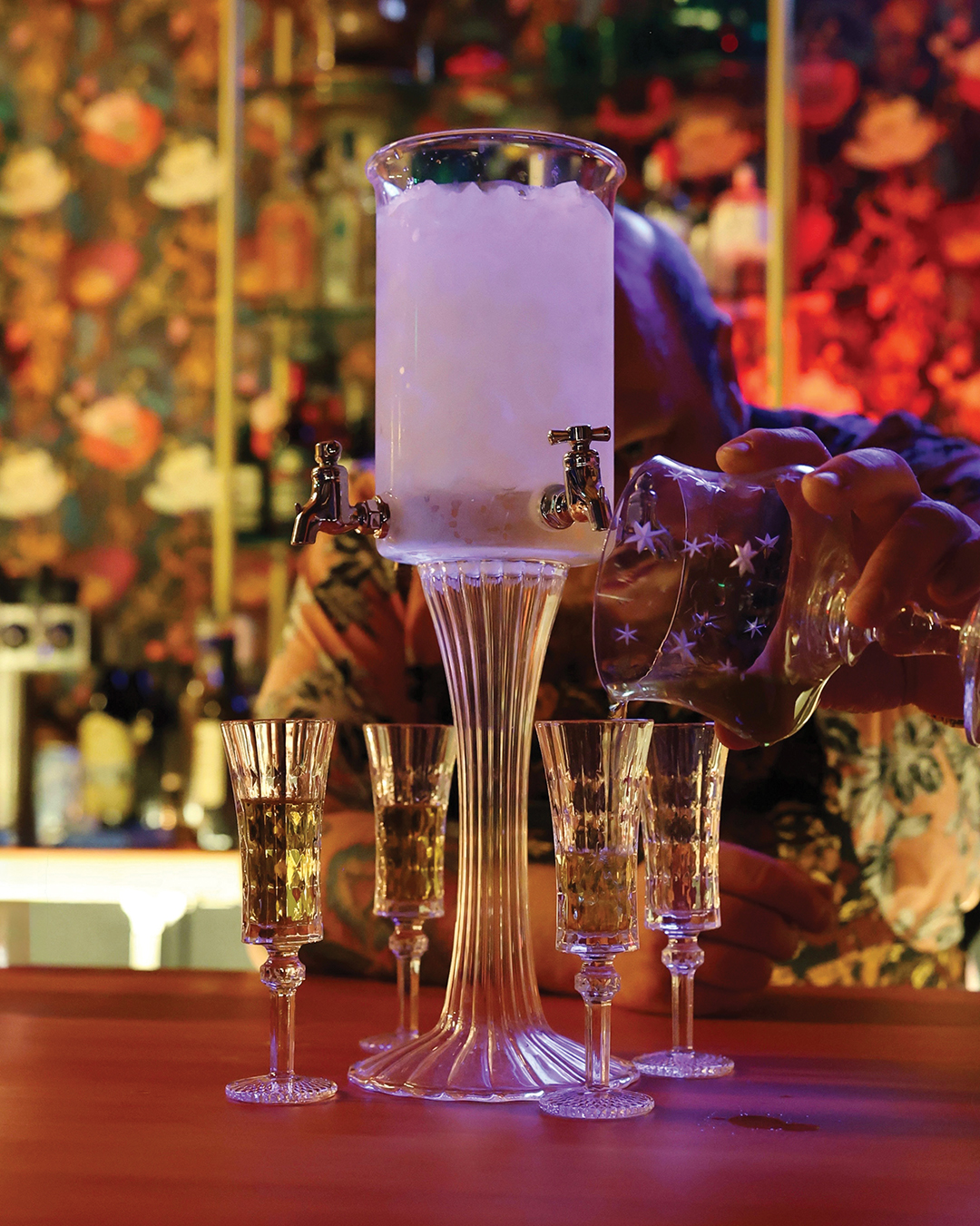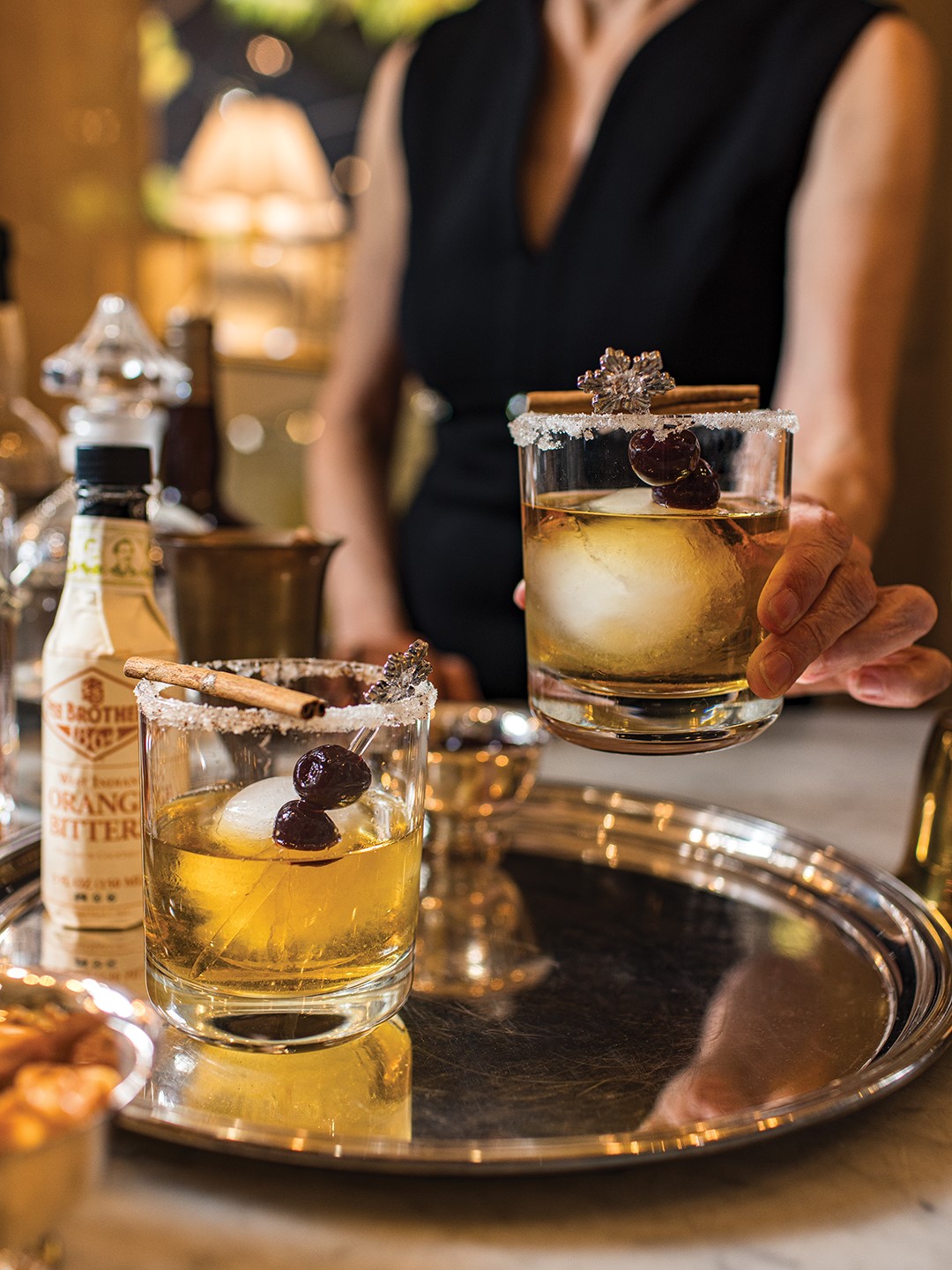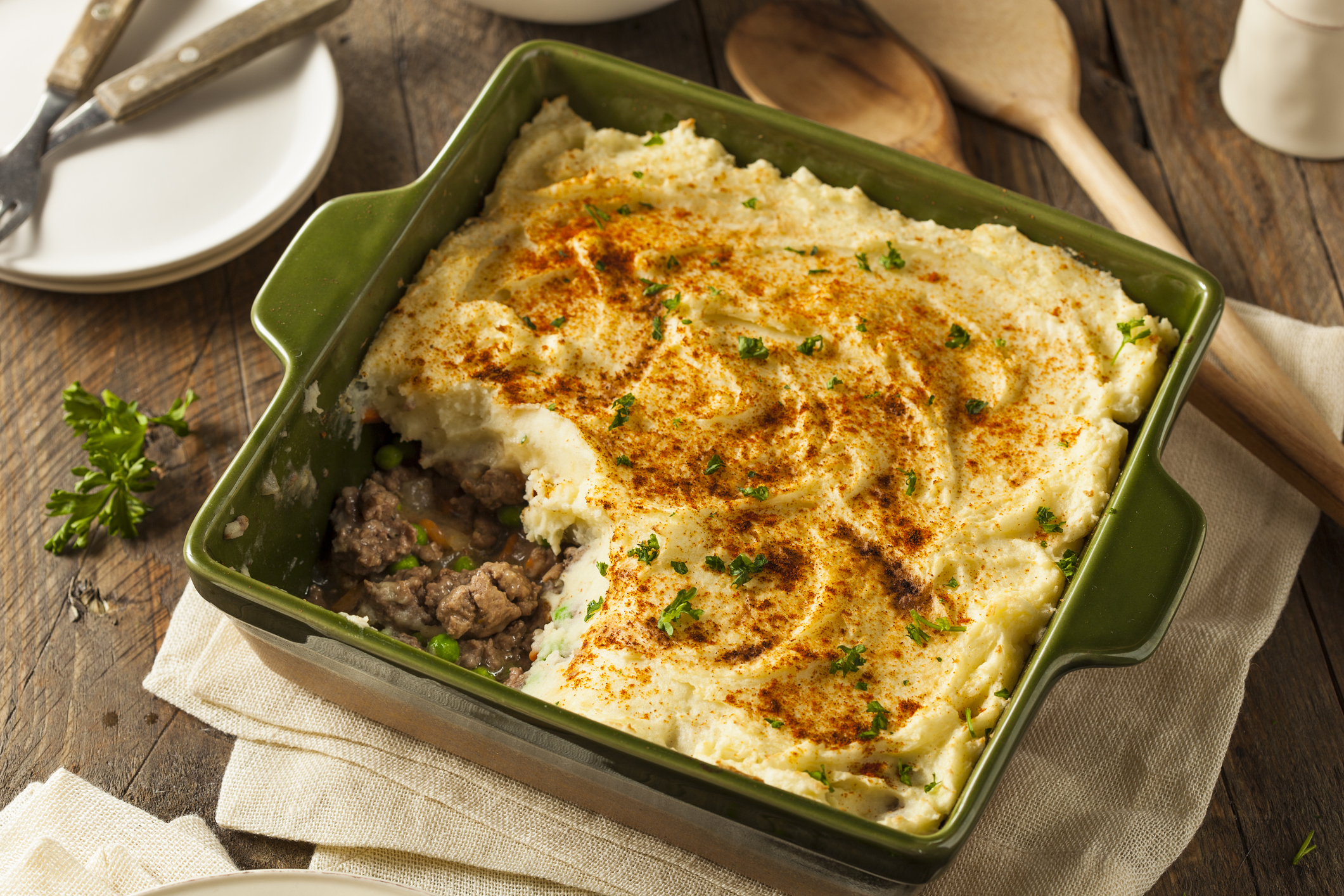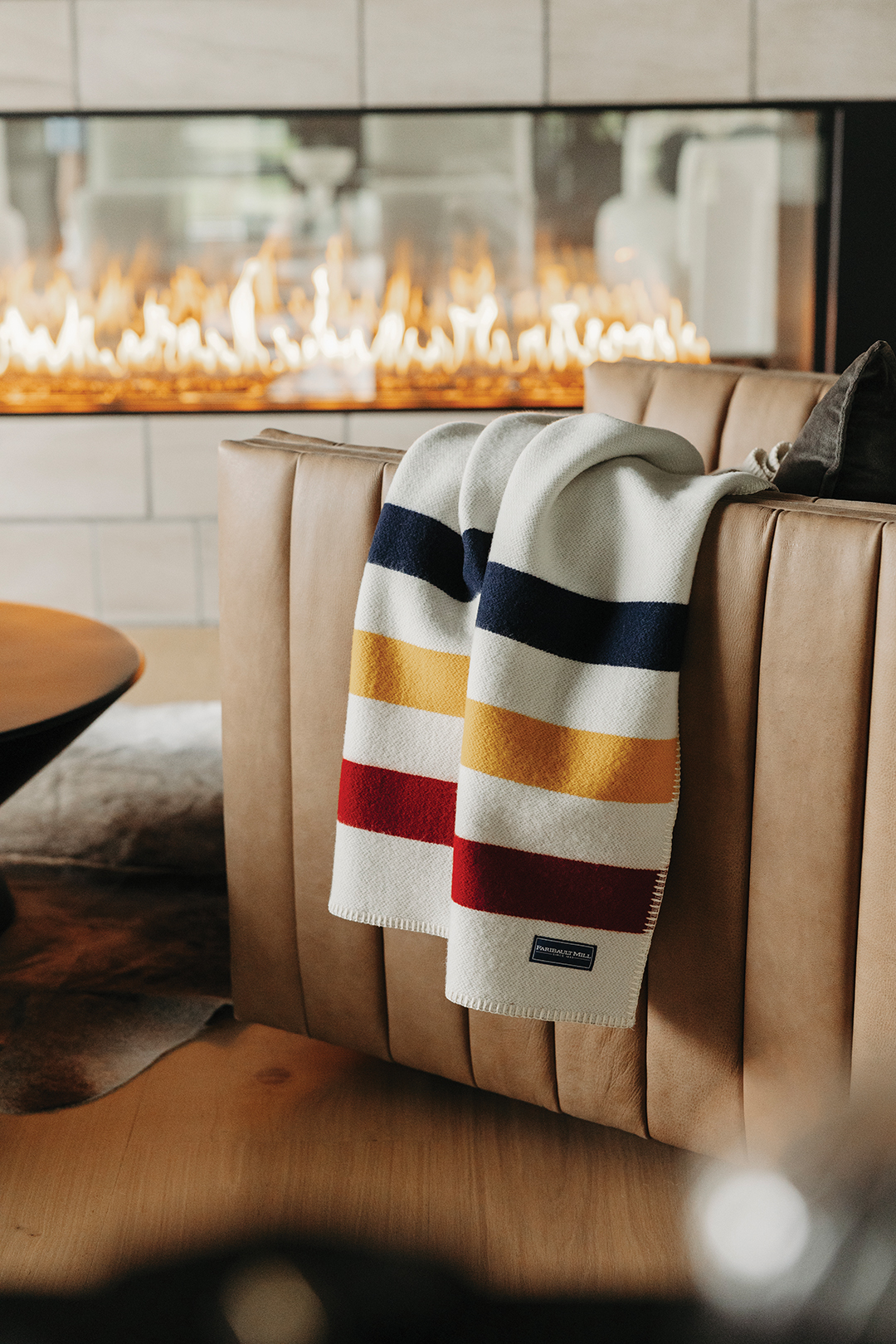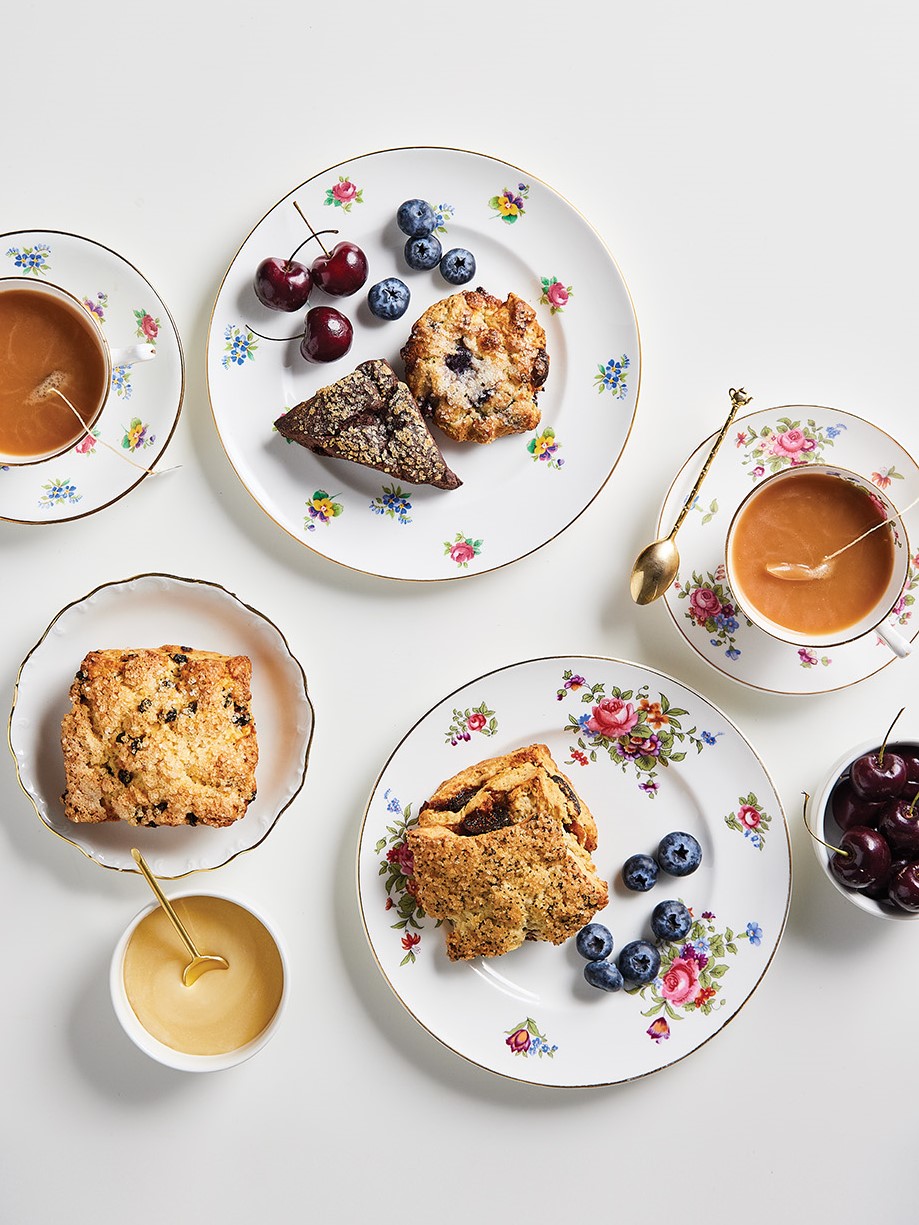
Scones from The Lynhall (top) and Rustica Bakery & Cafe (bottom and left). Photos: Chris Emeott
Explore the delightful history and flavor of this brunch-ready baked good.
With the hopeful awakening of spring comes an emergence from our homes and back into the world. Often, this also means an uptick in gathering with friends, celebrations and—of course—brunch, whether at home or at a favorite restaurant. As brunch season begins, let’s look at a baked good that’s ubiquitous during brunches, tea time and bridal and baby showers: the scone.
History
The term “scone” was first used in print in 1513 by a Scottish poet, according to the Oxford English Dictionary, but the etymology is somewhat muddy. Regardless of its origins, what resulted was a quickbread with a hint of sweetness. Historically, this baked good was made with oats and had a round, flat shape. It was baked on a griddle over an open fire and later cut into wedges.
Scones became a British staple in the 1800s with the popularization of the ritual of afternoon tea. Light foods like scones, biscuits and small cakes were served during teatime.
When baking powder became widely available, bakers began using it in scones as a leavening agent, baking scones in the oven instead. This resulted in the texture, density and appearance of scones as we know them today.
Pronunciation
There are two primary ways of pronouncing the word “scone.” Most people in the United States and Ireland will pronounce it “skoan” (rhymes with tone). However, in most of England, Scotland and Wales, the preferred pronunciation is “skahn” (rhymes with gone).
Ingredients and Toppings
Today, scones are most commonly made with flour, fat and a leavening agent. It’s the ratio of fat to flour that gives a scone its unique texture that’s not quite a pastry but not quite a biscuit.
In the U.S., scones are often served on their own, sitting among the ranks of muffins and croissants as a coffee shop breakfast or snack bread. However, in the United Kingdom, you’ll rarely find them served without jam and clotted cream.
Plain or currant scones are what you’ll traditionally find at an afternoon tea service in the U.K. This offers the perfect foundation for a spread of jam (or lemon curd) and a dollop of clotted cream. (If you’re in the U.K. and hear the term “cream tea,” it’s referring to tea with scones and clotted cream.)
However, around the world, there are many added ingredients—both sweet and savory—that are found in scones. Aside from additives, there’s the matter of texture and density; some bakers prefer their scones a bit more dry and dense (the traditional approach); while others prefer them to be more moist and light.
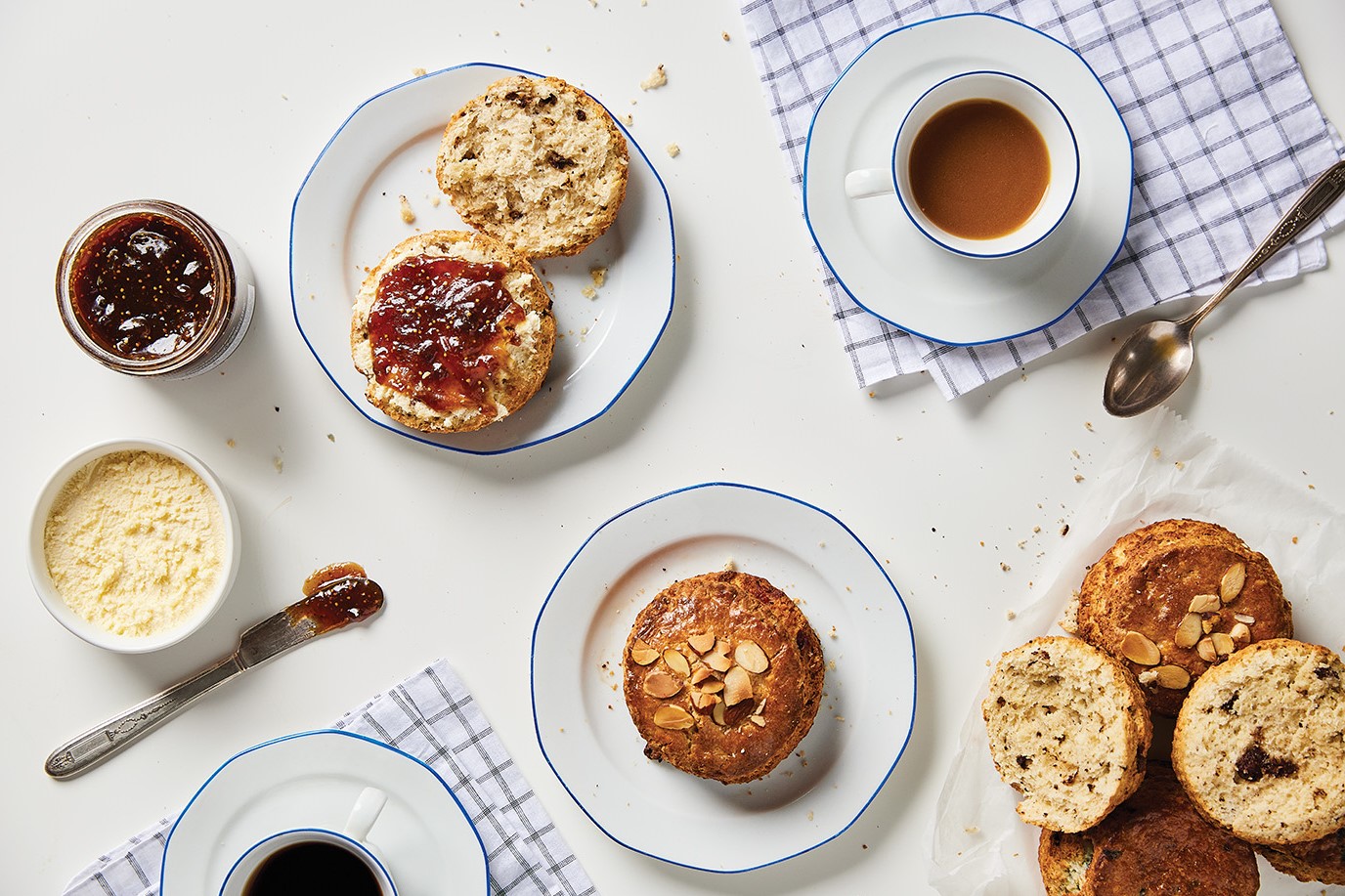
Scones from Patisserie Margo
Expert Opinion
Want to hear what the local experts have to say about scones? We chatted with the pastry chefs at several Edina bakeries to hear how they prepare and enjoy their scones.
Rustica Bakery & Cafe
Rustica’s currant scone is a local classic and is always on the menu. Additional flavors rotate on and off the menu depending on the season—but pastry chef Shawn McKenzie’s original creations have a very different density and style than Rustica’s classic scone.
Chef: Shawn McKenzie
Scone Flavor: Currant, along with seasonal offerings
Scone Shape: “We use square.”
Scone Texture or Density: “The currant scone is lighter, almost like a denser cake. And then my scone is a little bit more on the edge of being a biscuit … My scone is me trying to incorporate more flavor into it by actually treating it a little bit like lamination. My background is more geared toward laminated things—croissant, puff, all of that. So I was looking at scones one day, with the base that we make that’s a little bit denser than the one that Rustica has, and I just thought it would be cool if you could layer it. So I basically treat it like it’s a laminated [pastry] but just putting one three-fold in it.”
Favorite Way to Enjoy a Scone: “Warm, if you can. Having it with some type of tea is just perfect, like an Earl Grey with a little bit of cream.”
Rustica Bakery & Cafe Edina
200 Southdale Center Suite A; 952.417.6199
The Lynhall
The Lynhall serves scones during its weekend afternoon tea service. You won’t always find one on the regular pastry menu, with scones and all other baked goods rotating on and off seasonally.
Chef: Jeremy Intille
Scone Flavor: “Like many things in pastry, this scone is just such a great canvas. So, as long as your imagination is vast, so are your scones.” (At The Lynhall, the flavors change seasonally, though with afternoon tea services there’s generally a scone designed to be enjoyed with clotted cream and jam.)
Scone Shape: “For our tea scones, we have circular scones, and then we are introducing a square scone for this next menu. Depending on what’s in it, it kind of changes the shape. If there’s, like, fresh fruit in it, sometimes they morph into these great organic, lovely shapes. I’m all about that. I love a rustic-looking scone.”
Scone Texture or Density: “There’s cakey scones, and there’s drier scones … It kind of just depends on what the vision is of how the guest is going to eat it. For afternoon tea, if it’s meant to be with tea, it’s usually like a flakier, semi-dry scone … And if it’s just a snacking scone, like, in a pastry case, I usually like a cakeier kind of scone—something that maybe has a glaze on it, so they can walk and eat it.”
Favorite Way to Enjoy a Scone: “I love a savory scone. So whether it be cheese and caramelized onion or just herbs and cheese—usually cheese is always in there, but I like a scone savory … [paired with] iced coffee.”
The Lynhall No. 3945 Edina
3945 Market St.; 612.870.2640
Patisserie Margo
There are more than a few flavor options for scones at Patisserie Margo, and these baked goods are always on the menu. Aside from fresh scones, the bakery sells frozen, unbaked scones, which you can bake fresh at home using the included instructions.
Chef: Margo Bredeson
Scone Flavor: Blueberry lemon, cherry almond, raspberry white chocolate, vanilla, espresso dark chocolate and cranberry current with orange
Scone Shape: “I do a cut round scone. I like the homey thought of [a triangle scone], but for us, I like the sizes to be really consistent.”
Scone Texture or Density: “One of the things that I really like about [our] scones is they’re really nice and crispy on the outside. But if you take them, and you take a hold of the top and the bottom, you can pull them apart, and they kind of layer. And that comes from making sure that the butter is ice cold when you make it … We make our scones in the afternoon—the actual making of the dough and the rolling and cutting them, but then we freeze them at that point. And then the next morning, we bake them straight from frozen. We don’t let them defrost or anything. [They] go straight in from frozen into a hot oven, and so that helps them just really get that nice puff … all those pieces of frozen butter that are in there really steam, which makes it just kind of pop up. … Especially when they’re warm, they’re lovely, soft and buttery, but still kind of layered. Even though they have a density to them somewhat, they’re still quite layery.”
Favorite Way to Enjoy a Scone: “If I’m having it in the morning, which is my favorite time to have scones, I’ll have a cranberry currant scone with a double espresso, with a little bit of cream. And I don’t put anything on it. I just have the scone. I like it just slightly warm, not hot, but slightly warm.”
Patisserie Margo
4510 Valley View Road; 952.926.0548

